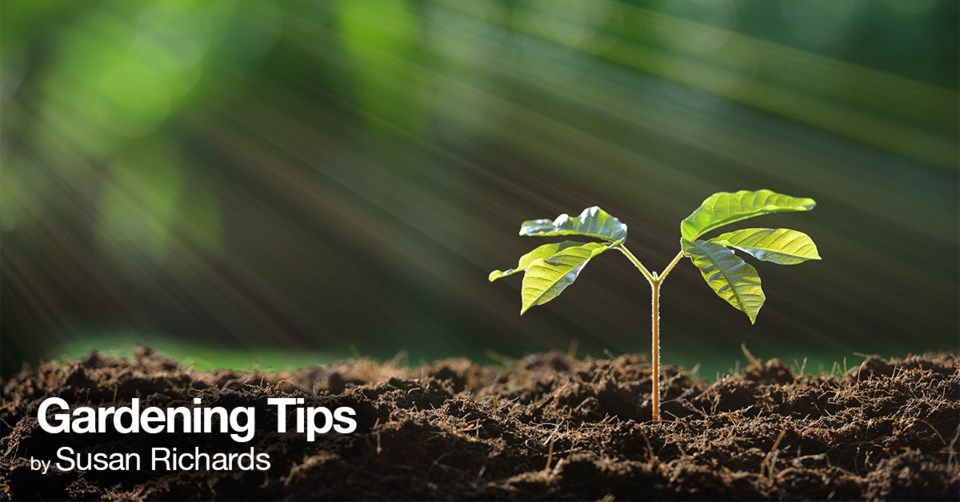As gardeners, we are always watching the weather forecast. I'm writing this article in the wee, small hours of the morning because I was up to check the thermometer, worried about the plants we left uncovered at the garden centre last night. The forecast was for plus 2C but as often happens at this time of year, I wake up and worry!
It is in fact above zero, or I won't be at the computer! I would have driven to work to turn on the overhead sprinklers. The thin coating of water that freezes on the foliage actually protects the leaves from frost damage.
I get lots of calls about what can be safely planted in early spring when we are still prone to frosty nights. Trees, shrubs and perennials that are outdoors, acclimatized to night temperatures, are good to go. If new growth does get slightly nipped by frost, they usually recover and outgrow the damage as weather warms.
If you are craving spring colour, pansies will take freezing temperatures. You may lose a few blooms, but simply cut those off. More flowers will follow.
Rhubarb and asparagus roots can be planted now along with strawberry and raspberry plants. Onion sets can go into the garden too. It is a little too early for potatoes. Their tops will be damaged by frost if they sprout early. Or if you do plant, have blankets handy for frosty nights.
Peas, carrots, lettuce, radish and spinach seeds can be sown out in the garden now. It's too soon for beans, tomatoes, peppers, zucchini and corn.
It is way too early to plant most herbs and annuals. Since they are grown in heated greenhouses, their leaves and stems are very tender, not able to withstand cold weather. Even daytime temperatures of 10C or less and cold spring winds can damage plants. If you have the bug and decide to buy early, be sure to have a covered, warm space to hold them in until temperatures moderate.
If you keep outdoor plants inside, you have to remember that you house light conditions are much different that a greenhouse. Your windows block most ultra violet light from the sun. It's necessary for healthy plant growth and is able to pass through the clear plastic covering on the greenhouse. Plants you set in a sunny window may still get weakened.
After keeping plants indoors, you have to harden them off before you put them out in full sun. Start setting them out in early morning on a warm day. Expose them to only 1/2 of sun the first day and increase outside time by 1/2 hour each day until they acclimatize. Putting them right out into strong sunlight can cause leaves to burn. Think about red and sore your skin gets if you sit out all day in the sun!
You can also set plants out on warm days and tuck them under cover at night. If you keep plants in a garage or shed, elevate them off the cold concrete floor. Also be careful not to over-water: cold, wet roots rot easily.
There are a few annuals and herbs that will be badly damaged by cold spring weather. Basil especially hates the cold and damp. Sweet potato vine will wilt right away if taken out too early. Keep these babies nice and warm!
Don't forget to fertilze plants you take home early. They need a steady supply of nutrients to stay healthy. I always used a balance fertilizer such as 20-20-20 mixed at 1/4 strength applied once a week. This type of fertilizer feeds all parts of the plant.
Since Mother's Day is just around the corner, be sure your mom is willing to do this extra work if you buy her a hanging basket or planter full of tender annual flowers. She will be very disappointed if her gift from you is damaged by the cold spring weather we are still likely to get!
